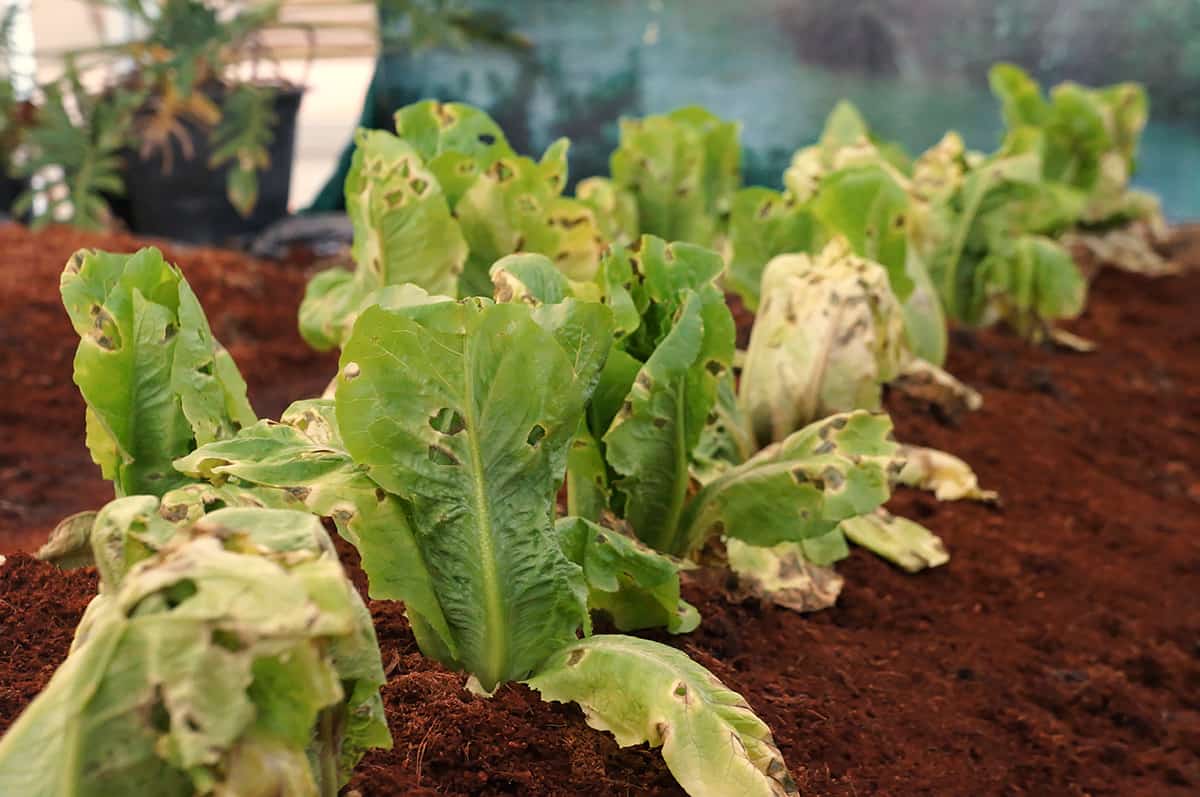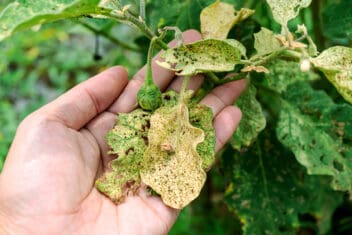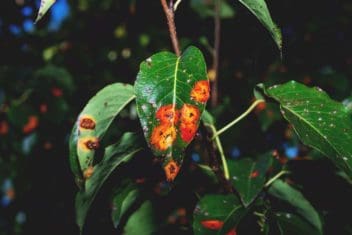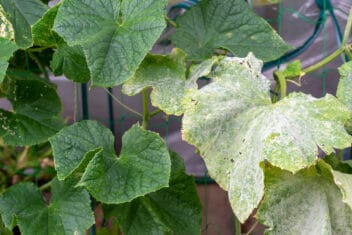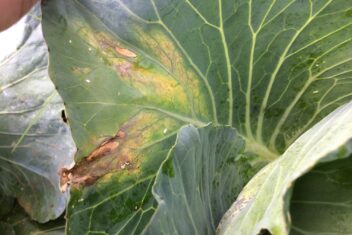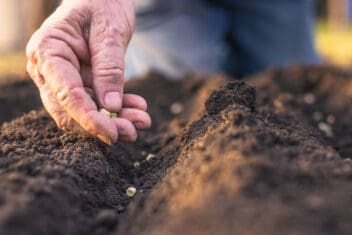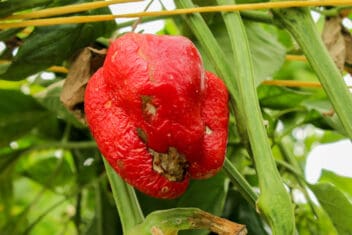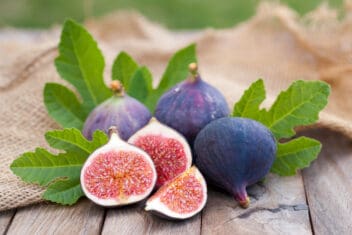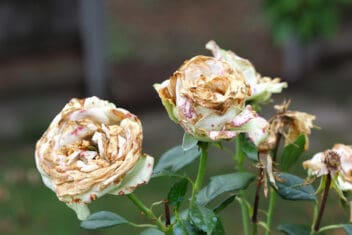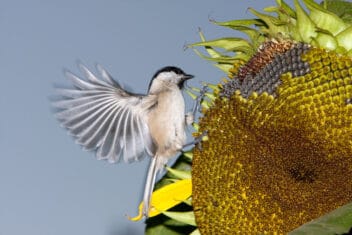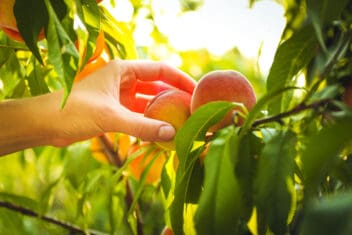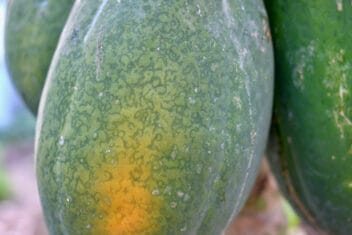I love all things salad, so I grow a lot of lettuce to keep myself in supply. Most of the time, you get a great harvest because it’s such an easy plant to grow. Unfortunately, you also run up against some prevalent lettuce problems that may wreck your harvest or at least cause you to throw much of it away.
Over the years, I’ve learned many tricks of the trade to identify and deal with lettuce problems, which I’d love to share. If you want to maximize your lettuce harvest, let’s get started.
Give Lettuce the Best Start
Like most plants, lettuce suffers from few problems when the conditions are right, and the soil nutrients are plentiful. In other words, get your lettuce started as strongly as possible, and you will hopefully have few problems.
Read our detailed post on growing lettuce first as that will give you a great head-start.
Environmental Problems
Most environmental lettuce problems are easy to prevent in advance if you have good planting practices and know what to look for.
1. Bolting
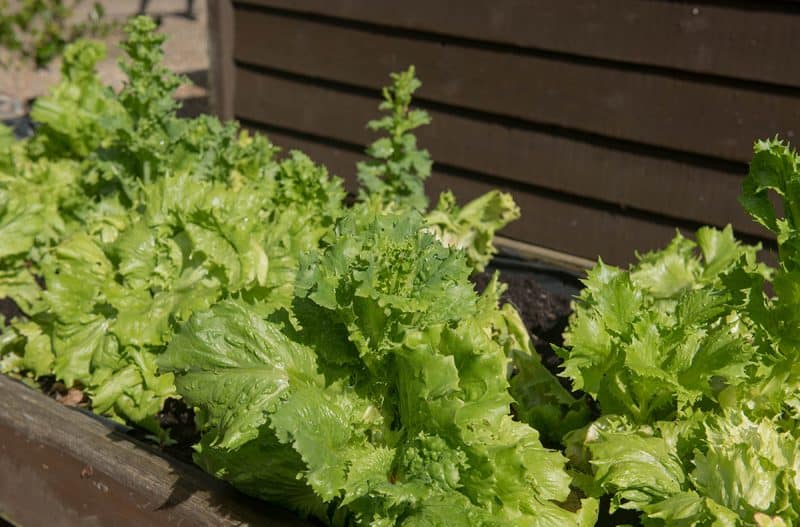
Hands up if you’ve never had lettuce bolt to seed. I bet there are very few of us.
When lettuce grows a large flower head (or bolts to seed), it’s usually because of heat stress. I always presume the plant knows its days are numbered, so something triggers it to produce seeds to ensure it reproduces.
Make sure you water the soil regularly around the base of the lettuce. If you live in a very sunny or hot area, provide shade, especially in the morning and the hottest part of the afternoon.
2. Germination
Try to get started the right way with your lettuce at the beginning. Although lettuce is reliable when it comes to germination, sometimes it just doesn’t work. It’s all about the temperature. About 70°F is right for germination, though seeds can germinate below that.
Above 80°F and your seeds might not grow.
Lettuce germination relies on the right temperature, so research what varieties grow well in your area. Some like it hot, some like it cool. Talk to your neighbors about what varieties they grow.
3. Leggy Lettuce
Okay, this may not be an official term, but you know what I mean. This is when your young lettuce has a long stem and very few leaves. Depending on where they are planted, this is a fixable problem.
If the lettuce seedlings are still young and in pots, they may not have sufficient light, so they’re reaching up to the sun. All that energy going into the stem growth takes the energy away from the leaves. Move them to a sunnier area if you can.
If the lettuce is in the garden and is leggy, it’s probably because the plants are getting too much sun or are too hot. Provide them with a bit more shade in the form of shade cloths.
If they’re already in the shade, they probably need more sun. Remember not to plant them in that same spot next season.
4. No Heads are Forming
If you aren’t seeing the growth you expected on your lettuce, you may have a number of problems on your hands.
- Make sure the soil has enough nutrients. You should do this before planting the seeds or seedlings. You can use a liquid fertilizer or plant food once the plants show signs of poor growth, but remember you shouldn’t water from overhead.
- The lettuce is too close together. This could mean there are too many plants drawing nutrients from the soil or that there is not enough room for them to grow. I plant my lettuce about 10 inches apart for this reason.
- You may have planted the lettuce at the wrong time of year. Young lettuce needs to avoid the hottest part of the day. Depending on the temperatures in your area, plant in late spring or late summer. This way, you avoid the hottest part of the season when the plants are young. I’ve found that once lettuce starts to struggle early on, it finds it difficult to grow the rest of the season.
Lettuce Diseases
Unfortunately, lettuce is one of those plants that struggles with numerous common diseases. Here are the ones you should definitely watch for.
While lettuce is susceptible to many issues, they’re usually not life-threatening to the plant.
1. Bacterial Leaf Spot
If you find your lettuce starts to develop brown or black spots on the leaves and then dies off or they struggle, you probably have bacterial leaf spot.
This is caused by bacteria in the soil that has made its way into the lettuce by water splashing, improper planting techniques (make sure to space your plants appropriately), or sheer bad luck. There is no cure once the plant is infected, so remove the infected leaves or the entire plant to avoid further spread.
Try not to water from over head and don’t crowd lettuce in when planting.
2. Damping Off

This is a problem for many plants, but I find some years, it’s mostly just a problem with lettuce. At first, your seedlings appear healthy, then they wilt and collapse. Don’t plant your lettuce in cold, overly moist soil. Make sure your soil is well-drained, and don’t overwater.
For more tips, check out our guide on identifying and stopping this common fungal disease.
3. Fusarium Wilt
Fusarium wilt is common. Although yellowing of lettuce can be many other things like insufficient nutrients in the soil or too much or too little watering, I find fusarium wilt is often the culprit.
This fungus is notoriously difficult to control on lettuce once it appears, but there are a couple of things you can do.
First, carefully remove any infected leaves so that the fungus doesn’t spread. If the majority of the lettuce is infected, remove the whole thing.
Next, remove some of the smaller lettuces in between the larger ones to allow more airflow and to stop the plants from touching each other.
Your last option is to use a food-friendly fungicide, but if you’re like me and hate sprays, that is definitely the last resort, if at all.
4. Rust
This is something that can make your lettuce look very unappetizing. It’s probably the most common lettuce ailment and is the biggest reason why we throw them away.
Also called russet spotting, rust appears in lettuce that has been picked, but also on lettuce that is partially harvested. There are many types of lettuce where you can pick the leaves you need and come back another time for more.
The lettuce keeps growing, and you keep picking, but they become less resistant to rust as time goes on. This is because when lettuce is damaged, a chemical reaction containing ethylene gas occurs. This is why both partially harvested, and harvested lettuce gets the same rust damage.
I find the best solution is to pick your lettuce leaves for as long as there is no rust. Once it appears, remove that particular lettuce and use your others. Or harvest the entire head at one time rather than a leaf here and there.
Lettuce Pests
As much as we love lettuce, so do many bugs and herbivores. In fact, sometimes I think they look forward to lettuce season as much as I do.
1. Birds
Birds are commonly a problem around ripe fruit, but there are a number of birds who target lettuce seedlings as well. If you’ve ever seen your lettuce seedlings pulled from the ground and they don’t look eaten, it’s probably a curious bird, but they’ll eat leaves and seedlings, as well. Use bird netting if you have this issue.
2. Cabbage Looper
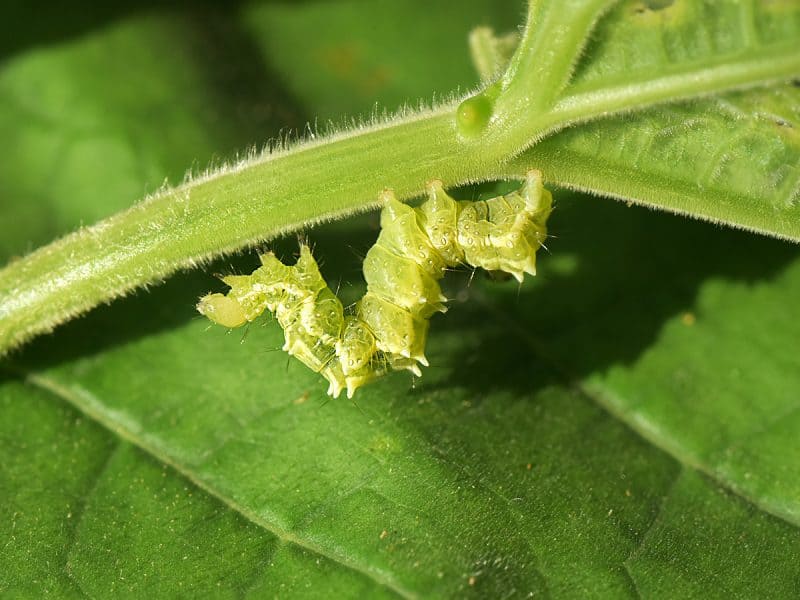
If there is a vegetable that this insect doesn’t enjoy, I’d love to hear of it. Lettuce is particularly attractive to the looper. Read our article here on how to identify and control this common garden pest.
3. Deer
I’m lucky that my area has no deer (or unlucky depending on how you look at it), but if you do, there is netting, landscaping methods, and planting techniques to keep them away. Talk to your neighbors about how they deter deer or check out our guide to deer-proofing your garden.
4. Earwigs
Earwigs seem to thrive in my area so I have to deal with them most years. If you get up one morning and find the stems have been chewed and bitten, you likely have earwigs. Sometimes they don’t do a lot of damage, other times they do enough damage to make the seedling wither and die.
I prefer chemical-free gardening where I can and luckily earwigs are relatively easy to control. Take a few spare flowerpots and stuff them with scrunched-up newspapers. Leave them overnight and in the morning, carefully dump the newspaper in a bucket of soapy water. You should see all the earwigs who have stayed in the through the night.
5. Rabbits
Rabbits find lettuce very appealing and once they hone in on it, they will keep returning. Use fencing, traps, or rabbit-resistant companion plants to help deter these fuzzy intruders.
Lettuce is one of the most common plants grown in the home vegetable garden because they are so easy to produce. They grow quickly and you don’t need too many to supply your needs throughout the season.
Go team salad!
